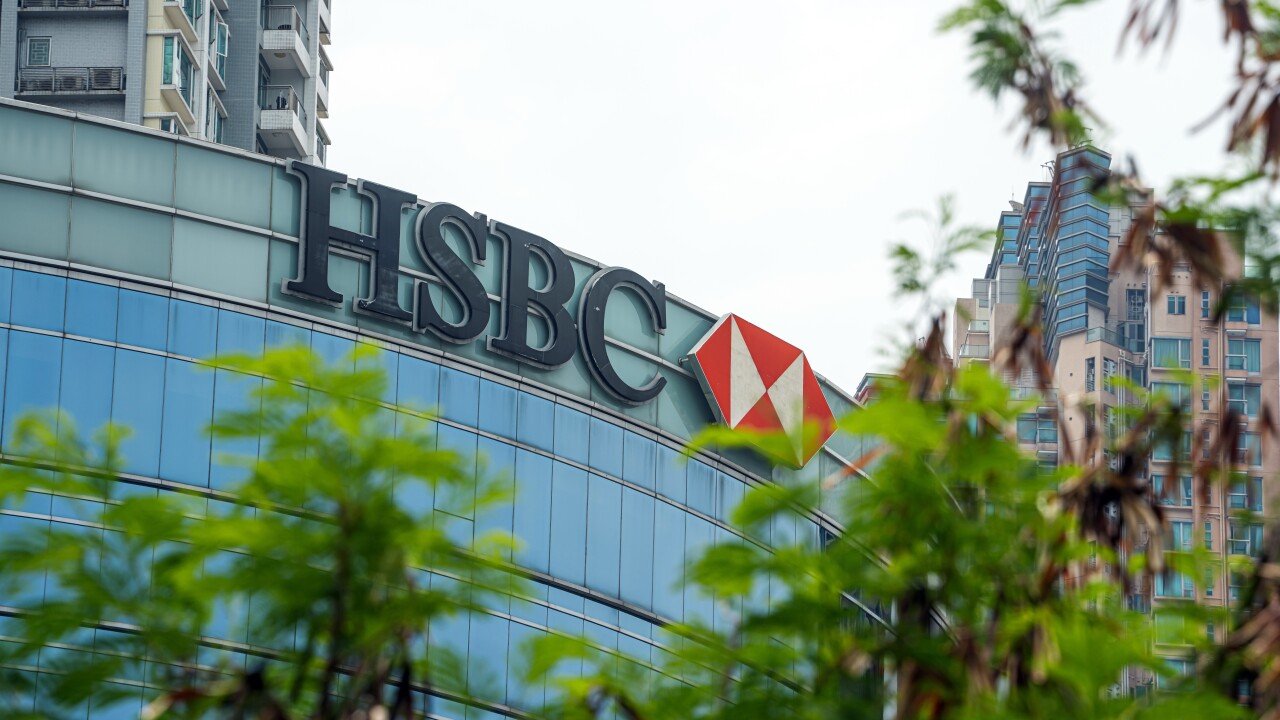Renowned investors and corporate titans such as Paul Tudor Jones and Elon Musk have been allocating significant capital to cryptocurrency, attracted by the underlying characteristics of the asset class such as its immutability, decentralization and transferability.
Few will have missed crypto’s recent banner run. The Bitwise 10 Crypto Index fund has risen by 533% over the last 12 months, with bitcoin now having a market cap in excess of $1 trillion.
Blockchain technology, which underpins all crypto, enables these unique characteristics. For a number of years now, the financial services industry has been trying to leverage the technology within traditional capital markets with mixed results. Most strategies focused on an "enterprise blockchain" approach, where the technology is used as a kind of shared database or applied to post-trade mechanics. While there have been a few successes in utilizing blockchain for post-trade processing, many projects have floundered or been outright cancelled.
I believe the real benefits of blockchain in financial services can only be realized when the asset is digitized — meaning it is represented as natively digital on the blockchain, sometimes called tokenization.
Indeed, a number of companies have been working towards this vision since around 2018. But in reality we are just getting started, and changing regulatory attitudes are the number one reason.
On Dec. 23, 2020,
U.S. regulators did not formally start addressing digital securities until July 2017 when the SEC issued the DAO (decentralized autonomous organization) report, which leveraged a 1946 Supreme Court case and the
Following the DAO report, the SEC proceeded to bring a number of enforcement actions, while emphasizing that participants in the space needed to ensure all token offerings were sold in compliance with the Securities Act and that trading platforms were compliant with the Exchange Act.
While there was a lot of guidance from the SEC on what not to do, there was not much guidance on what to do.
The Customer Protection Rule of the Securities Exchange Act (also known as rule 15c3-3), describes custody as "physical possession and control of securities." Rule 15c3-3 was adopted in 1972, long before even the internet, let alone blockchain technology existed, so the concept of physical possession and control is difficult to apply to securities that are digital and exist on a distributed blockchain network, where many different parties have a copy of the blockchain. In addition, the SEC has expressed a number of concerns about other aspects of the technology such as safekeeping of private keys, risks of network forks (in which duplicate copies of securities may be created) and risk of theft or hacking.
The SEC’s statement does not specifically address methods or technology a digital securities broker-dealer should employ in order to take custody, but rather indicates they will not be subject to enforcement action provided the broker meets certain conditions designed to mitigate risks. These include: limiting its business to digital securities only (i.e., cannot also conduct traditional securities or cryptocurrency activities); maintaining policies and procedures to ensure digital securities are compliant with regulations, protected against loss, theft, forks, hacking and other technological risks; and adequately disclosing risks to customers.
We commend the SEC on taking this action. With these guardrails in place, digital securities broker dealers are able to develop their own solutions rather than adhere to proscriptive technological implementations. This "market mechanism" will ensure that innovation can flourish while ensuring appropriate investor protections.
In addition, a new chairman will shortly be taking the reins at the SEC. Gary Gensler, pending confirmation, comes to the role with significant appreciation for the potential of the technology, having taught a 24-lecture course on blockchain and money at MIT. Whereas the previous chairman’s blockchain policy was characterized by reaction to the noncompliant activities of the ICO boom, Mr. Gensler will be able to define a more proactive strategy in keeping with the SEC’s mission to facilitate capital formation.
This is why I firmly believe the time is now for digital securities. The technology is available, we can issue securities using blockchain, we can trade tokens in a digital securities ATS, and now there is a road map to implement digital securities custody solutions —
the last remaining foundational block to a new digital securities ecosystem.





